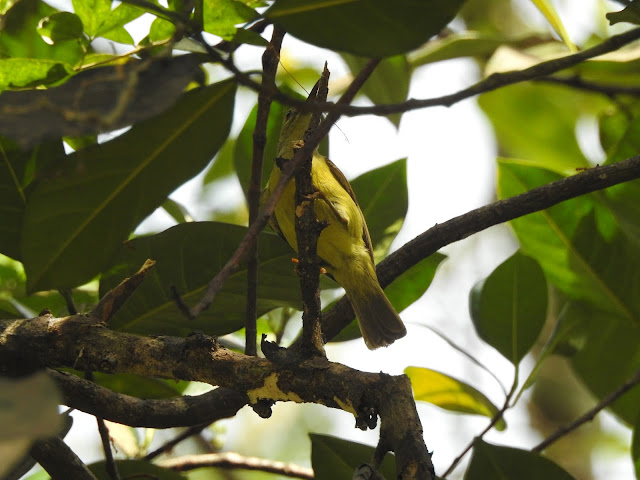This is the beauty of the taman where there are so many varying shapes and sizes of trees that one is able to view birds at all angles. It is simply to my dismay that the taman supervisory often deems it more appropriate to chop down trees then trim!
It is believed that birds moult to keep their feathers in good condition, or some moult to attract a mate. Whatever it is, it is simply amazing to see such transformation taking place.






















































